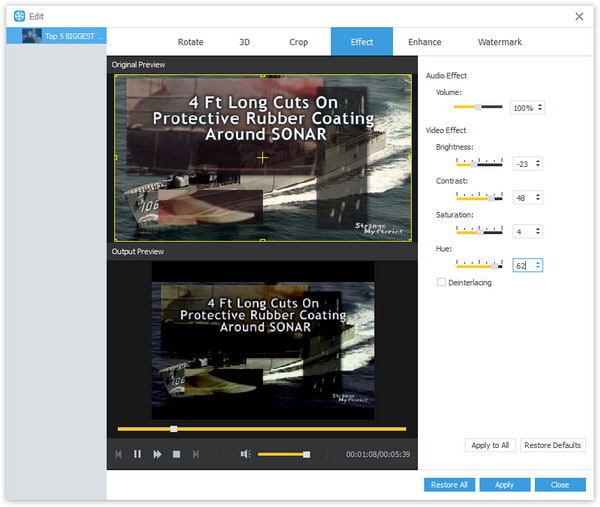
SWF is an Adobe Flash file format used for multimedia, vector graphics and ActionScript. Originating with FutureWave Software, then transferred to Macromedia, and then coming under the control of Adobe, SWF files can contain animations or applets of varying degrees of interactivity and function. They may also occur in programs, commonly browser games, using ActionScript. The term "SWF" has originated as an abbreviation for ShockWave Flash. This usage was changed[by whom?] to the backronym Small Web Format to eliminate confusion with a different technology, Shockwave, from which SWF derived. There is no official resolution to the acronym "SWF" by Adobe.
- - Wikipedia
AVI is an acronym for Audio Video Interleave. The .avi file format is a container file format that was introduced by Microsoft in 1992. Container files are a "shell" file that can contain a variety of files within the container file. Container files with the .avi file extension often contain audio and video data. The data contained in the AVI files may be encoded in codecs, allowing the files to use less compression than other video file formats, such as the MPEG and MOV file formats. However, AVI files have a 2 GB size limit, restricting their use to some degree. Even though the AVI file format is almost 20 years old, it is still one of the most widely-used video file formats in existence today.
- - File

Step 1. Download and install the program, then double click it to run it, and then you'll see the main interface of the program.

Step 2. Click "Add File(s)" button. Here you can select "Add Video" or "Add Folder" button to add files as you like.

Step 3. Click the drop-down arrow right beside the "Profile" column and select your desired video format from the drop-down list.

Step 4. Click "Edit" button to customize the output video like Effect, Trim, Crop, 3D Settings and Watermark.